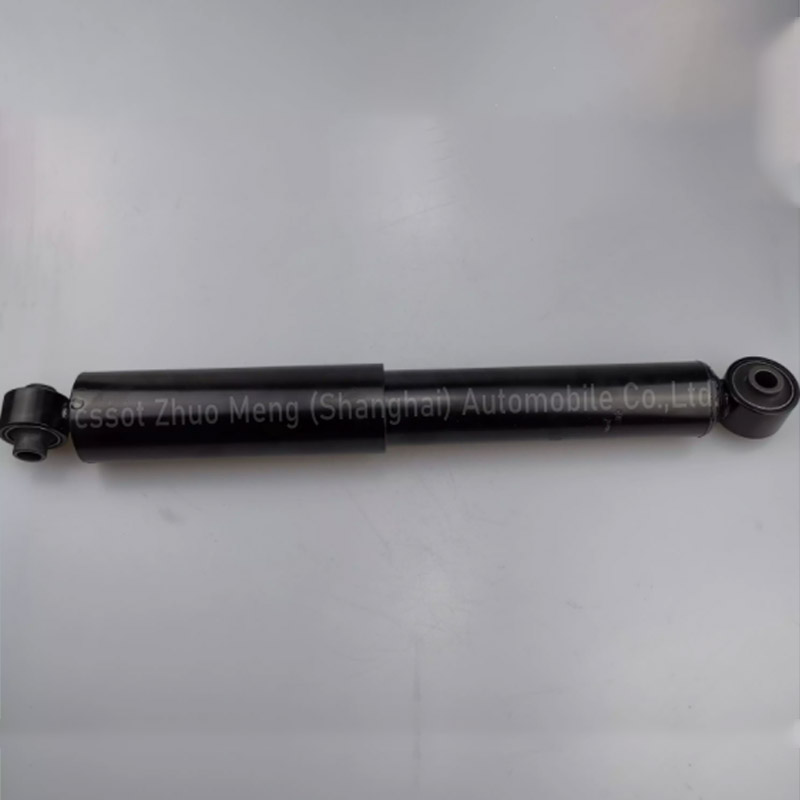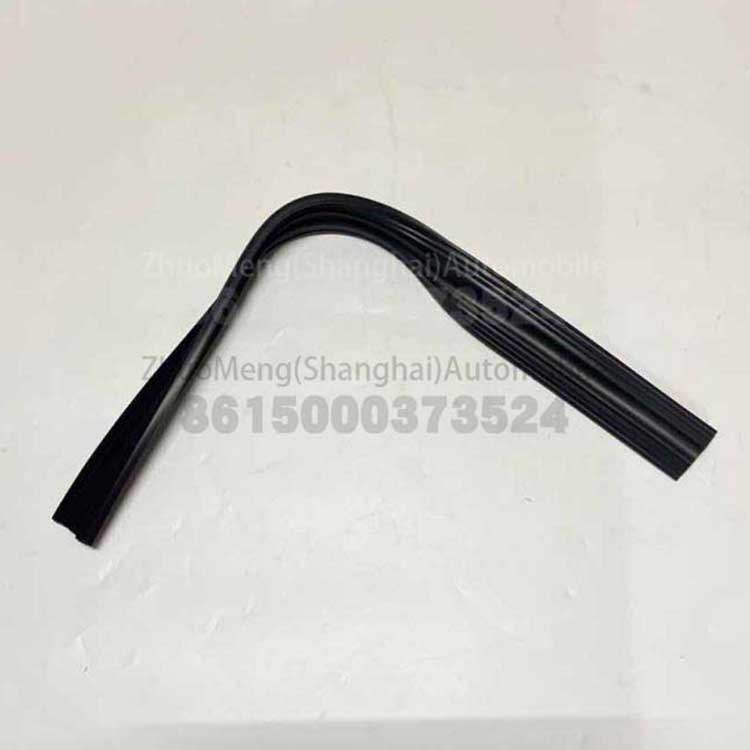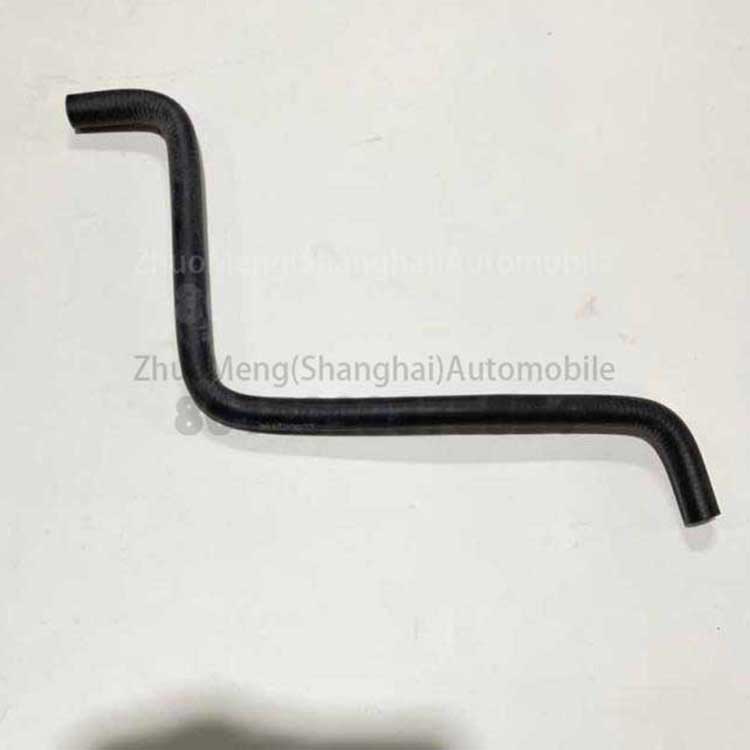18 Years Factory Maxus V80 Original Parts - Front Brake Pad For SAIC MAXUS Ldv V80 C00005576 – Zhuomeng
18 Years Factory Maxus V80 Original Parts - Front Brake Pad For SAIC MAXUS Ldv V80 C00005576 – Zhuomeng Detail:
Products Information
| Products Name | Brake Pad |
| Products Application | SAIC MAXUS G10 V80 |
| Products OEM NO | C00005576 C00027004 C00013531 C00005580 |
| Org Of Place | MADE IN CHINA |
| Brand | CSSOT / RMOEM / ORG / COPY |
| Lead Time | Stock, if less 20 PCS, normal one month |
| Payment | TT Deposit |
| Company Brand | CSSOT |
| Application System | Chassis system |
Product details
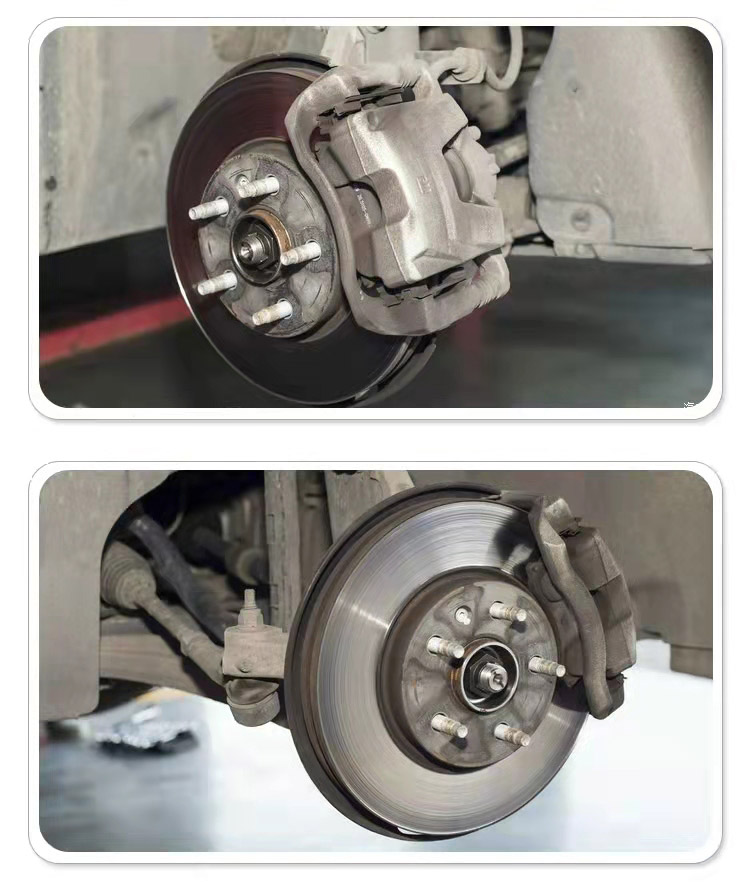
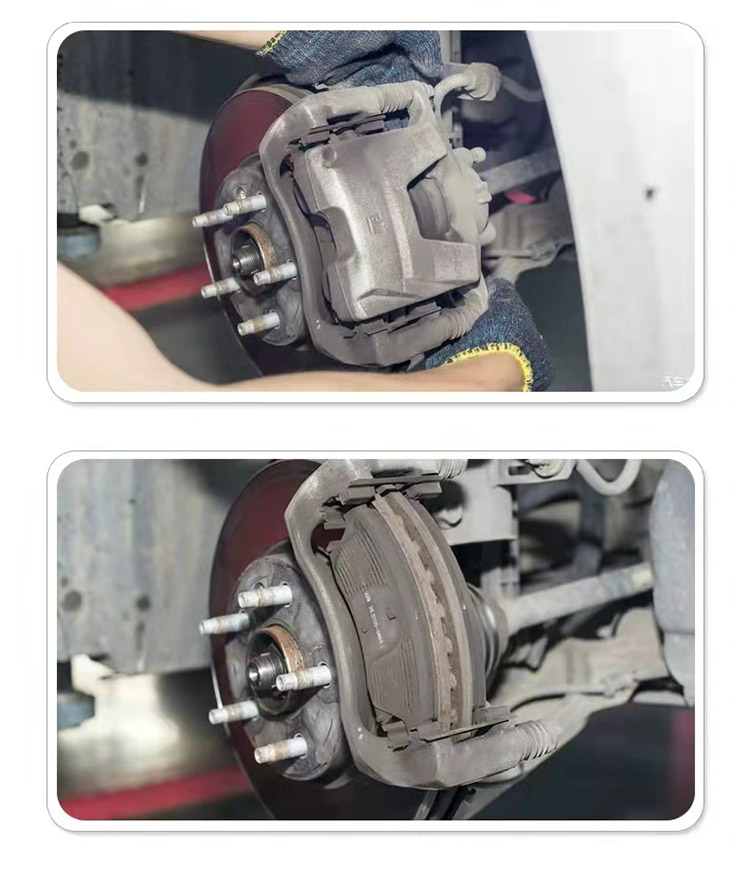
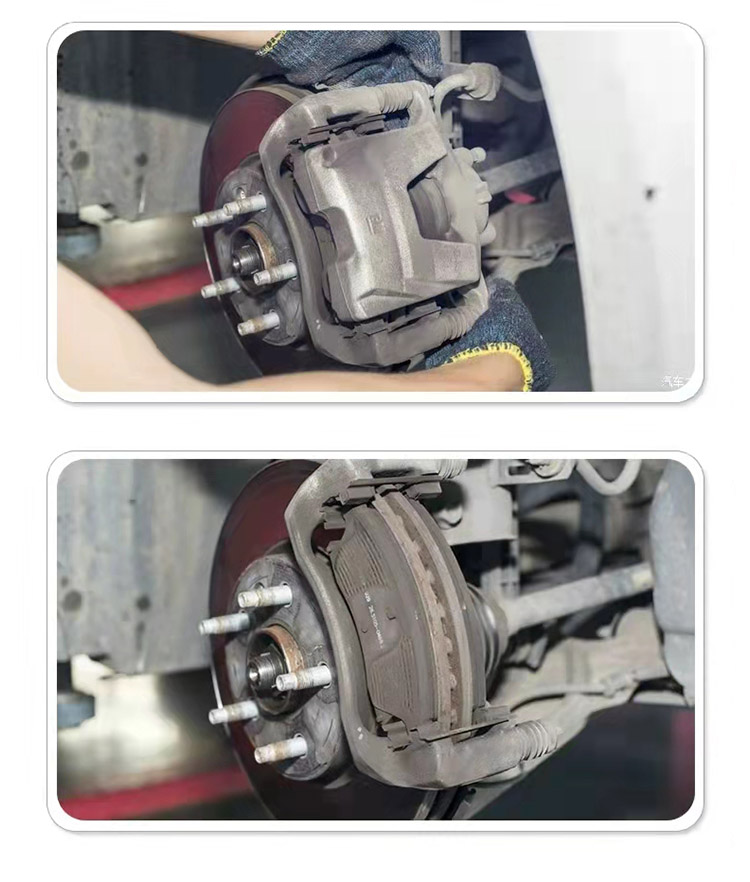
Front Brake Pad For SAIC MAXUS Ldv V80 C00005576
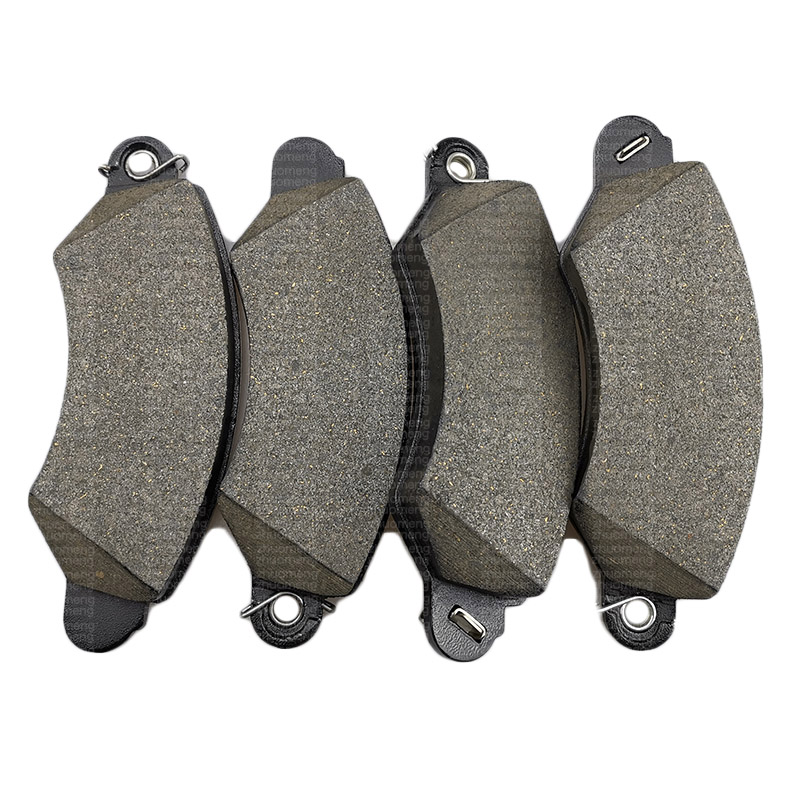
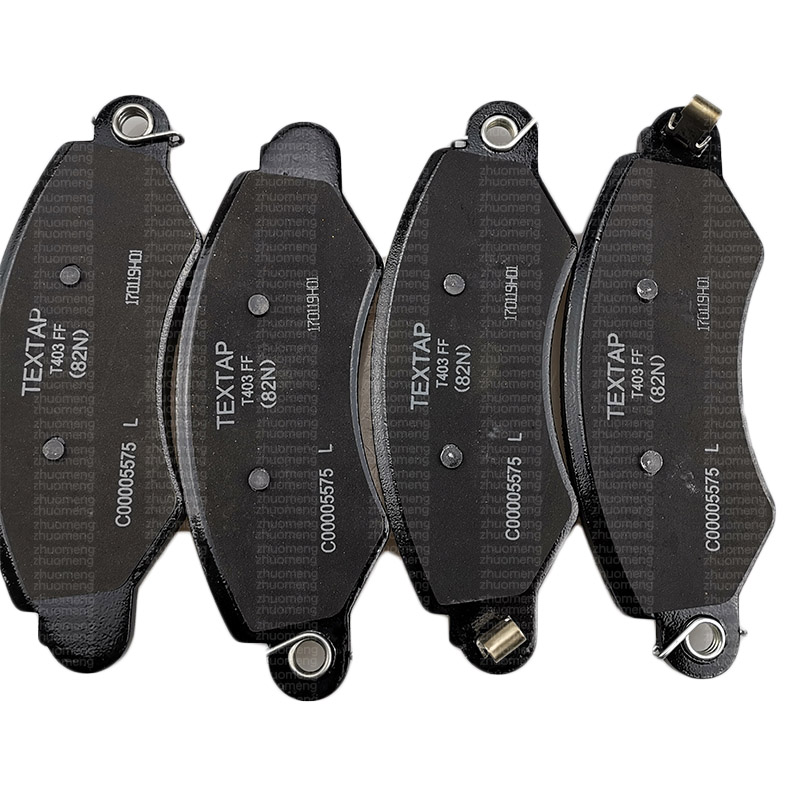
SAIC MAXUS G10 Brand Rear Brake Pad C00027004
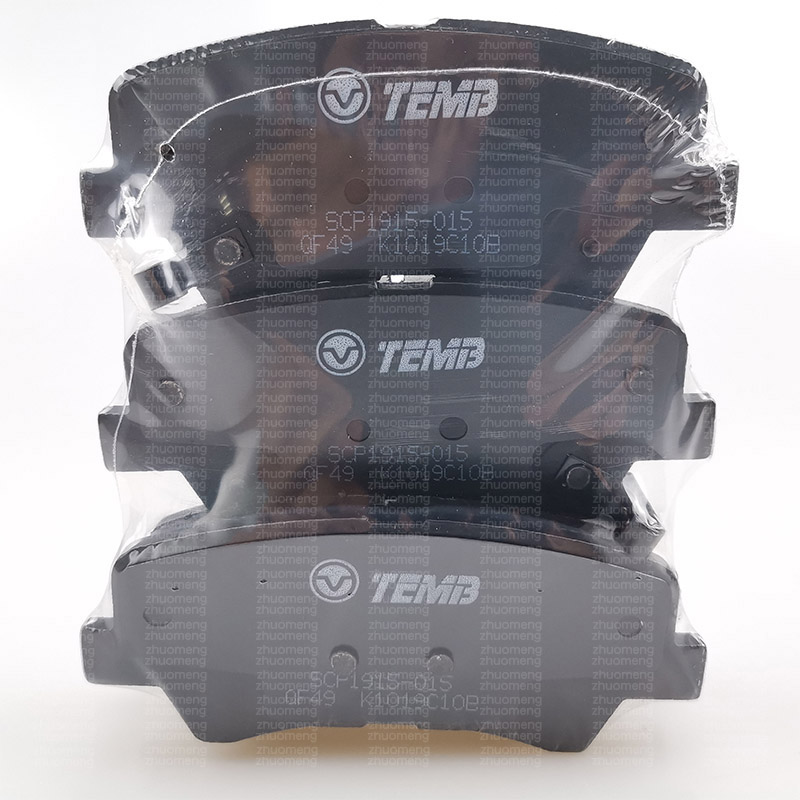
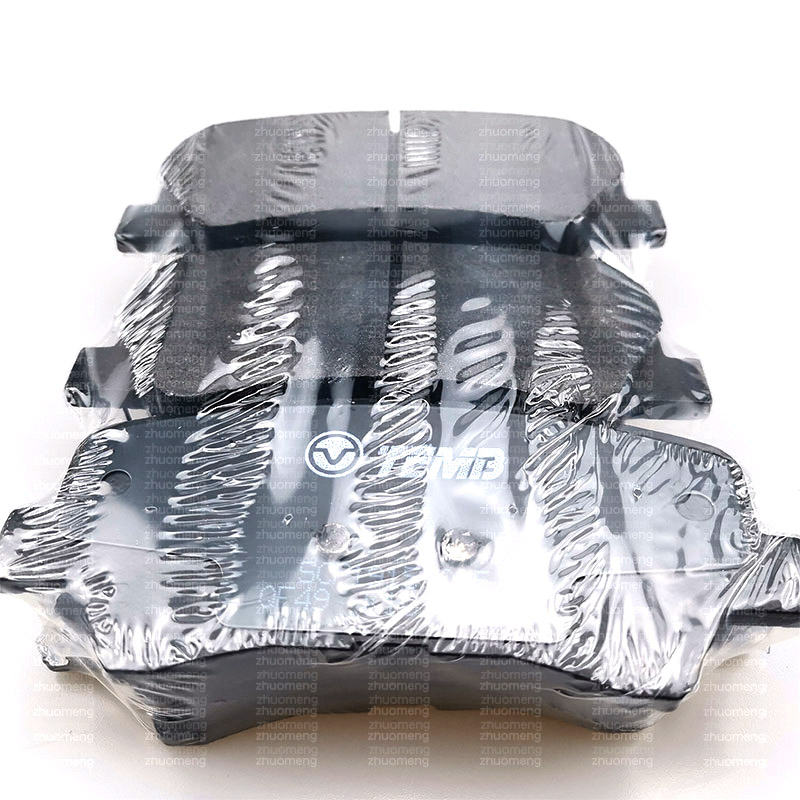
Product Knowledge
How to maintain and replace the brake pads
Most cars adopt the front disc and rear drum brake structure. Generally, the front brake shoe is worn relatively quickly and the rear brake shoe is used for a relatively long time. The following aspects should be paid attention to in daily inspection and maintenance:
Under normal driving conditions, check the brake shoes every 5000 km, not only check the remaining thickness, but also check the wear state of the shoes, whether the wear degree on both sides is the same, whether they can return freely, etc. if abnormal conditions are found, they must be handled immediately.
The brake shoe is generally composed of iron lining plate and friction material. Do not replace the shoe until the friction material is worn out. For example, the thickness of the front brake shoe of Jetta is 14mm, while the replacement limit thickness is 7mm, including more than 3mm iron lining plate thickness and nearly 4mm friction material thickness. Some vehicles are equipped with brake shoe alarm function. Once the wear limit is reached, the instrument will alarm and prompt to replace the shoe. The shoe that has reached the service limit must be replaced. Even if it can be used for a period of time, it will reduce the braking effect and affect the driving safety.
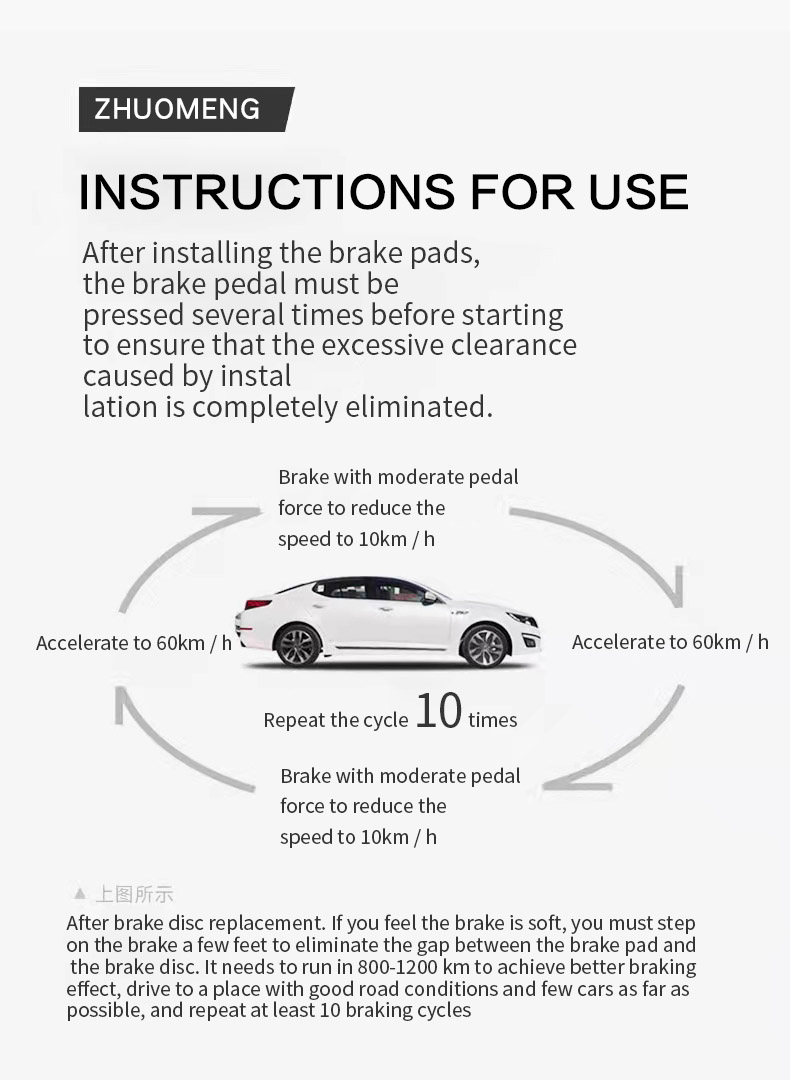
When replacing, replace the brake pads provided by the original spare parts. Only in this way can the braking effect between the brake pads and the brake discs be the best and the wear be the least.
When replacing the brake shoes, the brake wheel cylinder must be pushed back with a special tool. It is not allowed to press back with other crowbars, which will easily lead to bending of the guide screw of the brake caliper and jamming of the brake pad.
After replacing the brake shoe, be sure to step on several brakes to eliminate the gap between the shoe and the brake disc, resulting in no braking of the first foot, which is prone to accidents.
After the brake shoe is replaced, it needs to be run in for 200km to achieve the best braking effect. The newly replaced shoe must be driven carefully.
SAIC MAXUS V80 Brand Rear Brake Pads C00013531
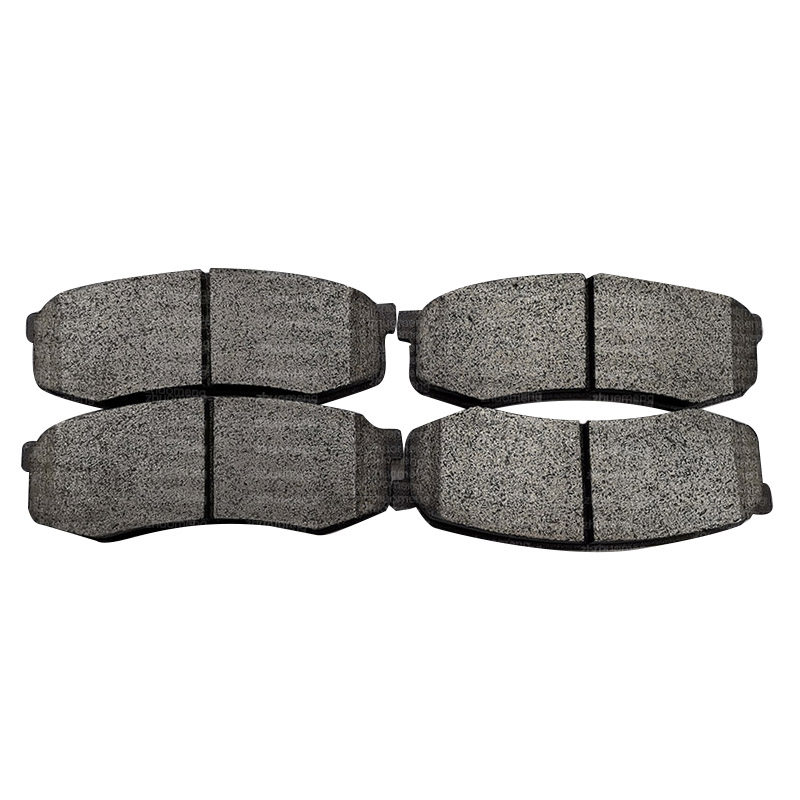
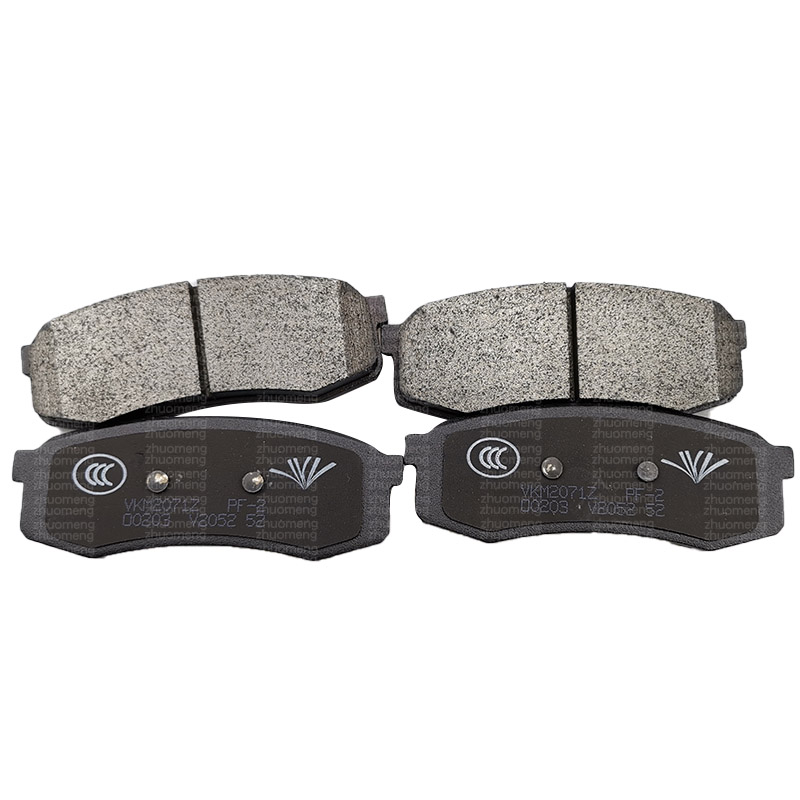
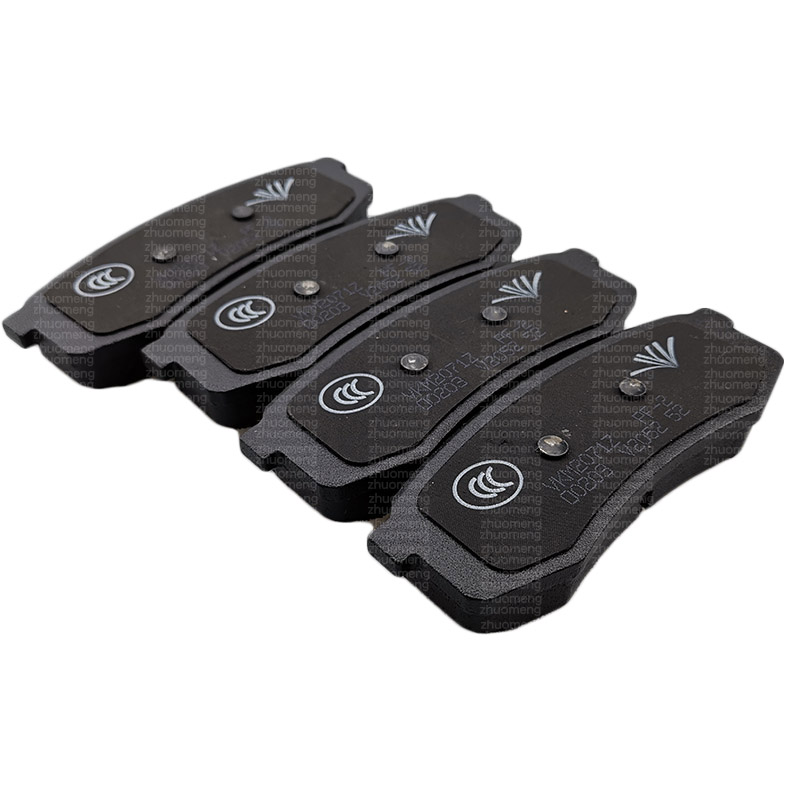
SAIC MAXUS V80 Rear Brake Pad C00005580 C00013531
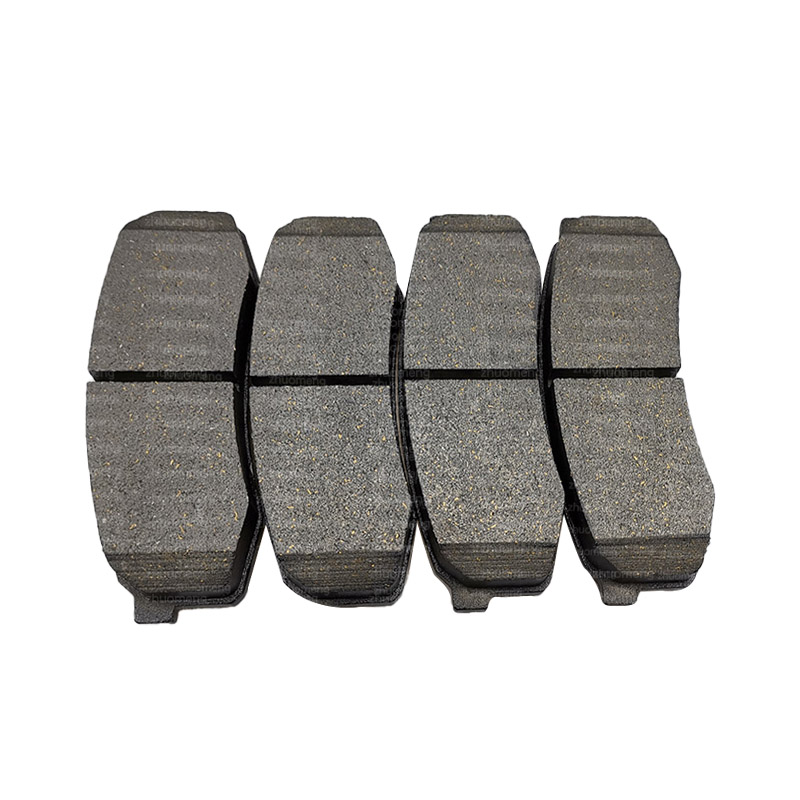
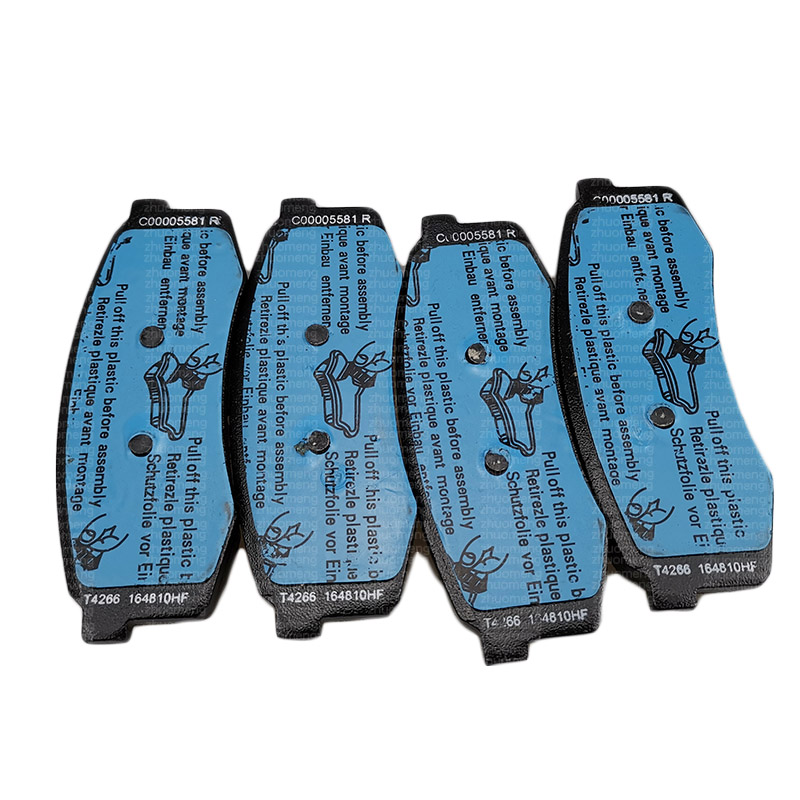
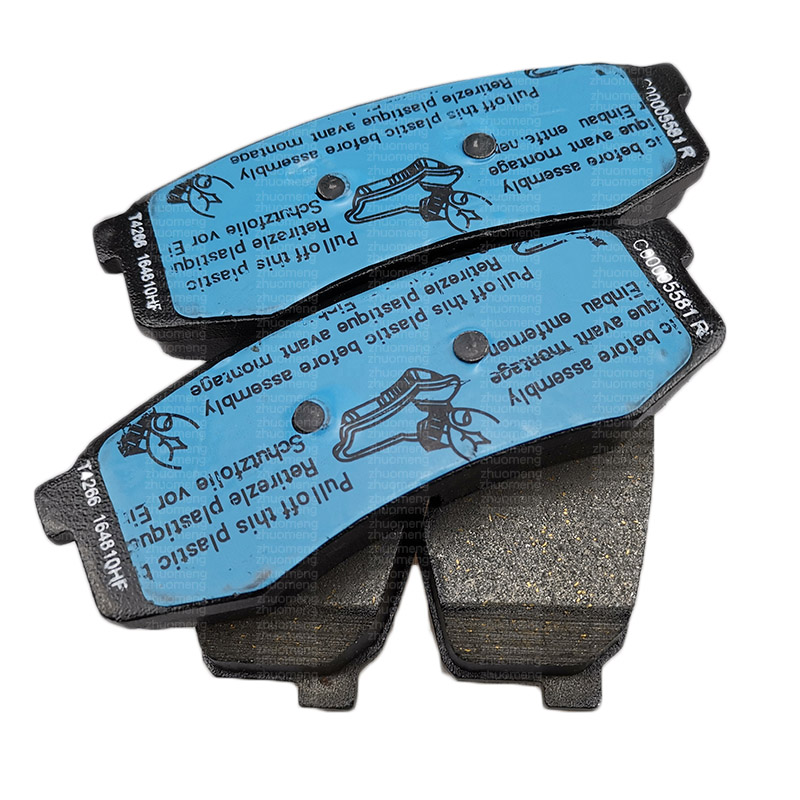
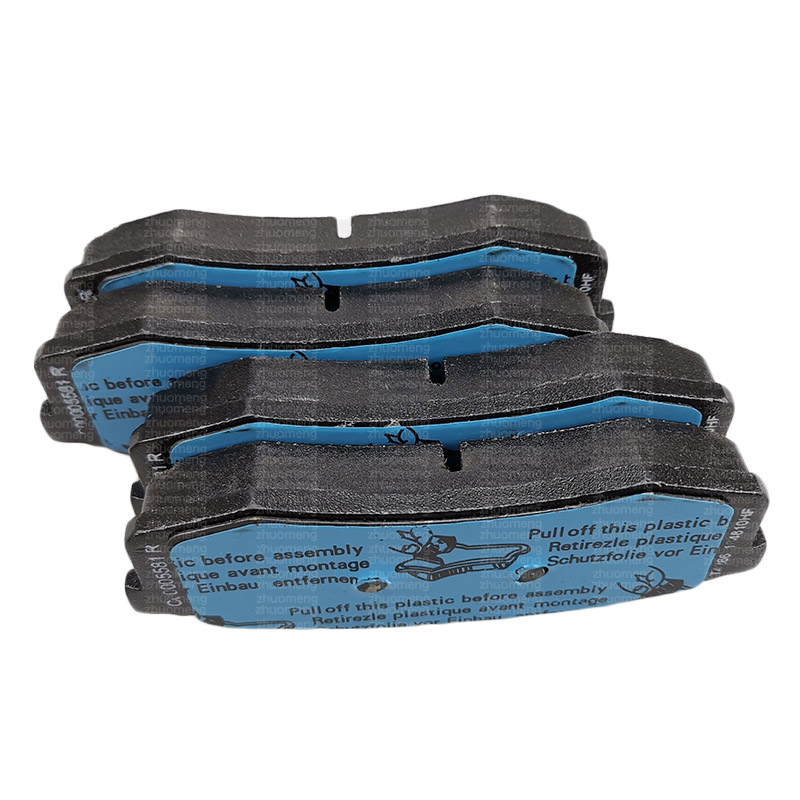
Customer evaluation
Product detail pictures:


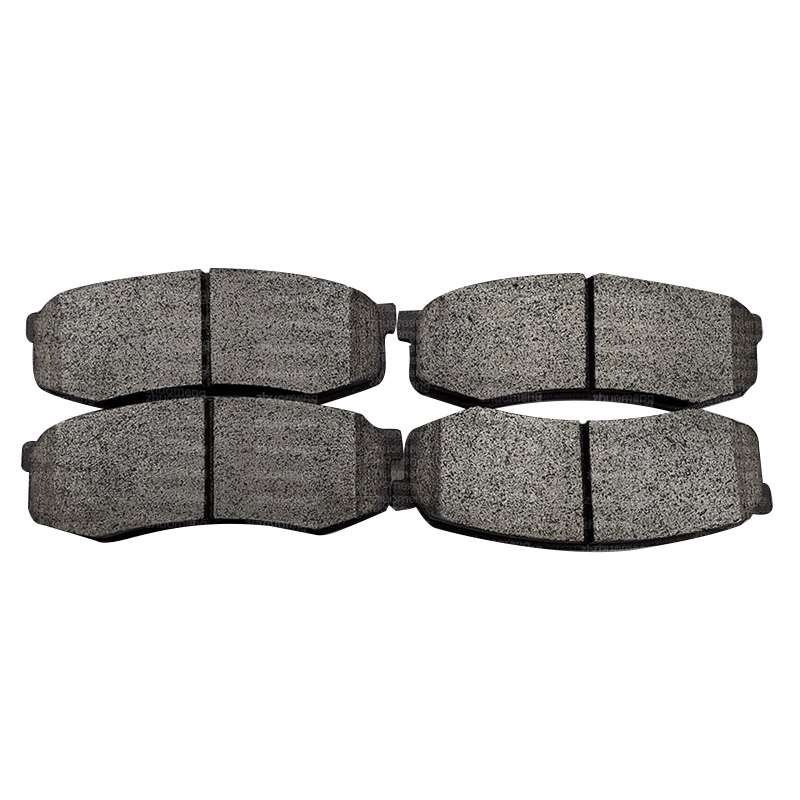

Related Product Guide:
We have been ready to share our knowledge of advertising worldwide and recommend you suitable products at most aggressive costs. So Profi Tools present you ideal price of money and we've been ready to create with each other with 18 Years Factory Maxus V80 Original Parts - Front Brake Pad For SAIC MAXUS Ldv V80 C00005576 – Zhuomeng , The product will supply to all over the world, such as: Grenada, Brazil, Austria, Nowadays our merchandise sell all over the domestic and abroad thanks for the regular and new customers support. We supply high quality product and competitive price, welcome the regular and new customers cooperate with us!
The accounts manager made a detailed introduction about the product, so that we have a comprehensive understanding of the product, and ultimately we decided to cooperate.





